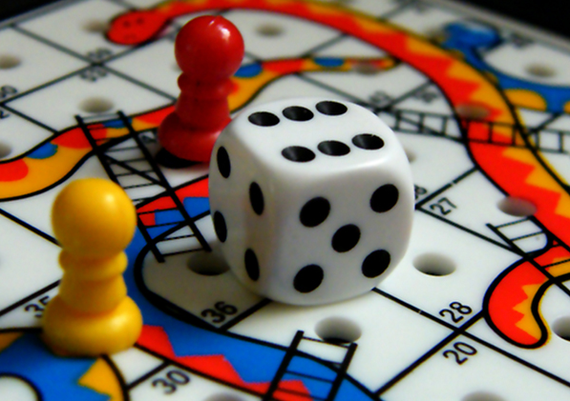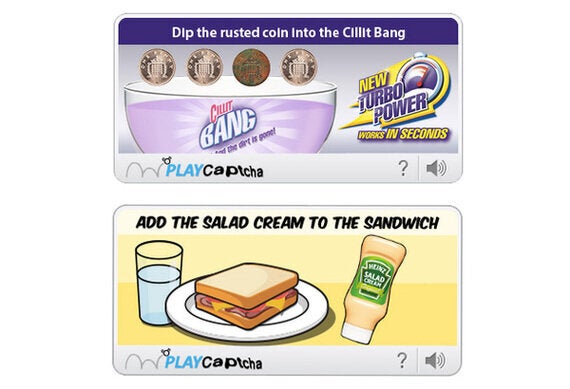
Every brand in the know is buzzing about gamification in marketing as a "must have" strategy. In order to be successful, brands should know why and how marketers put gamification into practice to create interesting and impactful advertising.
Marketers understand very well the potential for consumer engagement via gamification. The casual gaming market is worth an estimated $2.25 billion, with market leader Zynga boasting 232 million active users for its epidemically successful games, such as FarmVille and ChefVille. As consumers become increasingly blind to traditional advertising, gaming emerges as a very visible solution to drive engagement.
So how can marketers tap into the popularity of gaming?
The trick lies in understanding motivation, and giving audiences opportunities to turn emotional responses into activities. Both marketing and gaming ask emotional participation from end users, and uniting the two can create lucrative results. Ebay caught this early on, by heightening the attraction of auction excitement with its 2007 slogan, "It's better when you win it!"
Winning is a key concept to get right in marketing gamification, as people primarily play in order to win. Starbucks fosters loyalty through gamification by making every visit feel like an achievement. The MyRewards app "levels up" your account with each coffee you buy, and knows when to reward you before you get bored and take your business elsewhere--15 purchases gets you a "feel-good" graphic redeemable for a free cup of joe.
Of course, there is a key difference between gamification marketing and traditional gaming: brand integration. Some of the best examples of brand integration in the casual gaming market include Nike's award-winning I Am Playr, an online football game that lets users play the life of a professional footballer. It fuses live action video, interactive story-telling and first-person perspective 3D game play with the story dictated by the player. The result is an eye-watering 210 years' worth of Nike-branded stories experienced by 2.1m users as of June 2013.
Brands can also utilise gamification techniques to make mundane experiences fun, and create a positive association in the process. Future Ad Labs embraces this idea with a gamified ad format called PlayCaptcha. It replaces CAPTCHA's distorted words to prove you are a human with an interactive game tailored to the personality and marketing strategy of brands like Heinz and Cillit Bang.

What's more, in early research conducted between June and July 2013 by Vizeum's insights team in collaboration with Future Ad Labs and Heinz, more than 9 out of 10 respondents (91%) found PlayCaptcha to be a better user experience than standard word-based CAPTCHAs, with another 9 out of 10 users (90%) recalling the Heinz product following the completion of the task. This illustrates how even the simplest gamification techniques can engage consumers and create brand recall, often one of the biggest challenges facing marketers.
Of course, like any marketing tactic, gamification should be a way to meet commercial objectives and not be an objective in itself. Other cautions to note include one from Gartner, who believe that by 2014, 80% of current gamified applications will fail to meet business objectives due to poor design.
Like any campaign, if done hastily and without a fully developed plan, success isn't guaranteed. For every great example of gamification in practice, there are numerous attempts where the mechanics were simply to earn 'badges' or meaningless points. If you're using such a mechanic in your marketing tactics, you must let the consumers know there is a reward for their efforts, or they won't engage.
Knowing your target audience is also crucial. Richard Bartle, a game researcher, author, and pioneer of the massively multiplayer online game industry, once wrote that there four different types of players: Achievers, Socialisers, Explorers, and Killers, each of whom are motivated differently. Marketers employing a gamification strategy should tailor their plans to the appropriate target audience.
Finally, some food for thought from Gartner analyst Brian Burke: "The sweet spot for gamification objectives is where the business objectives and player objectives overlap. Gamified applications must be designed to motivate players to achieve their goals. To achieve success for companies starting in gamification, the first design point is to motivate players to achieve their goals - and those goals should overlap with the business goals."
Get these elements right, and you will be on the path to a winning gamification strategy.